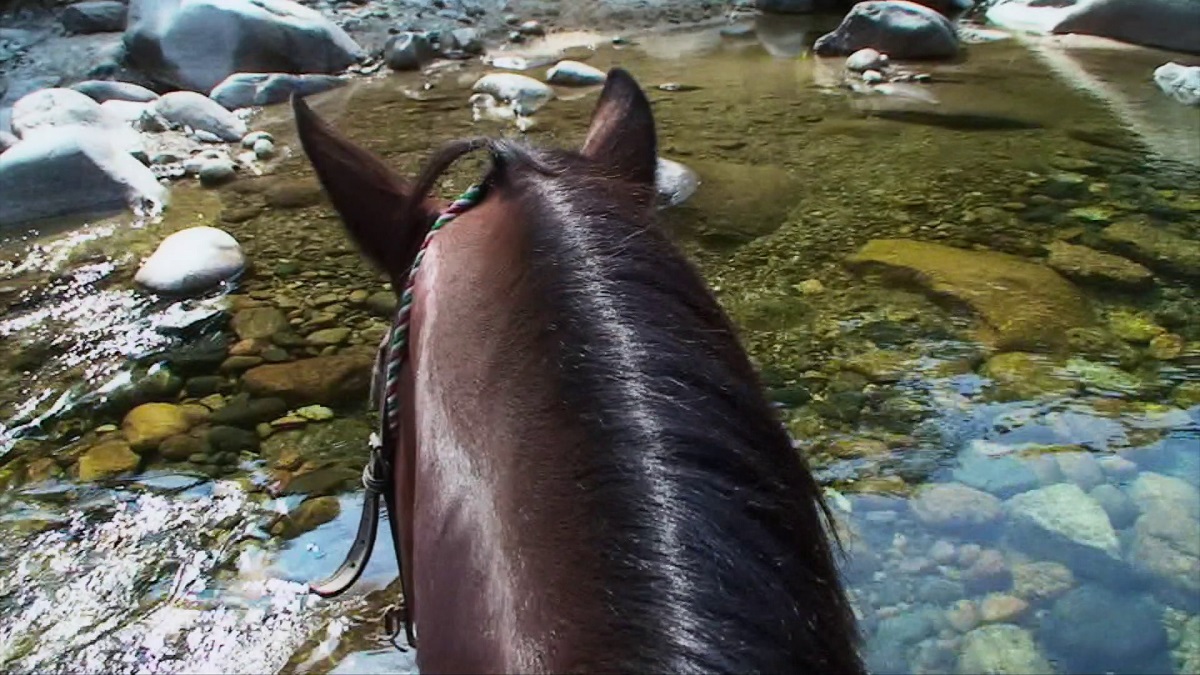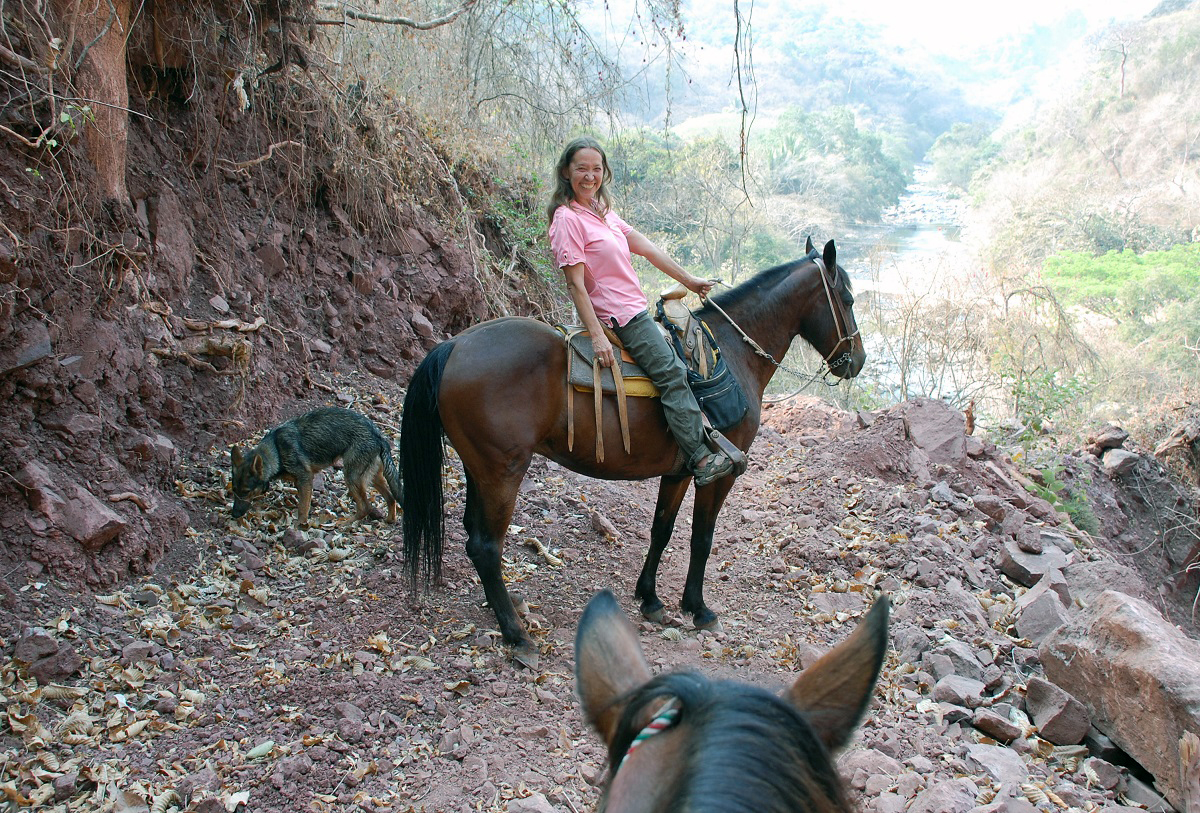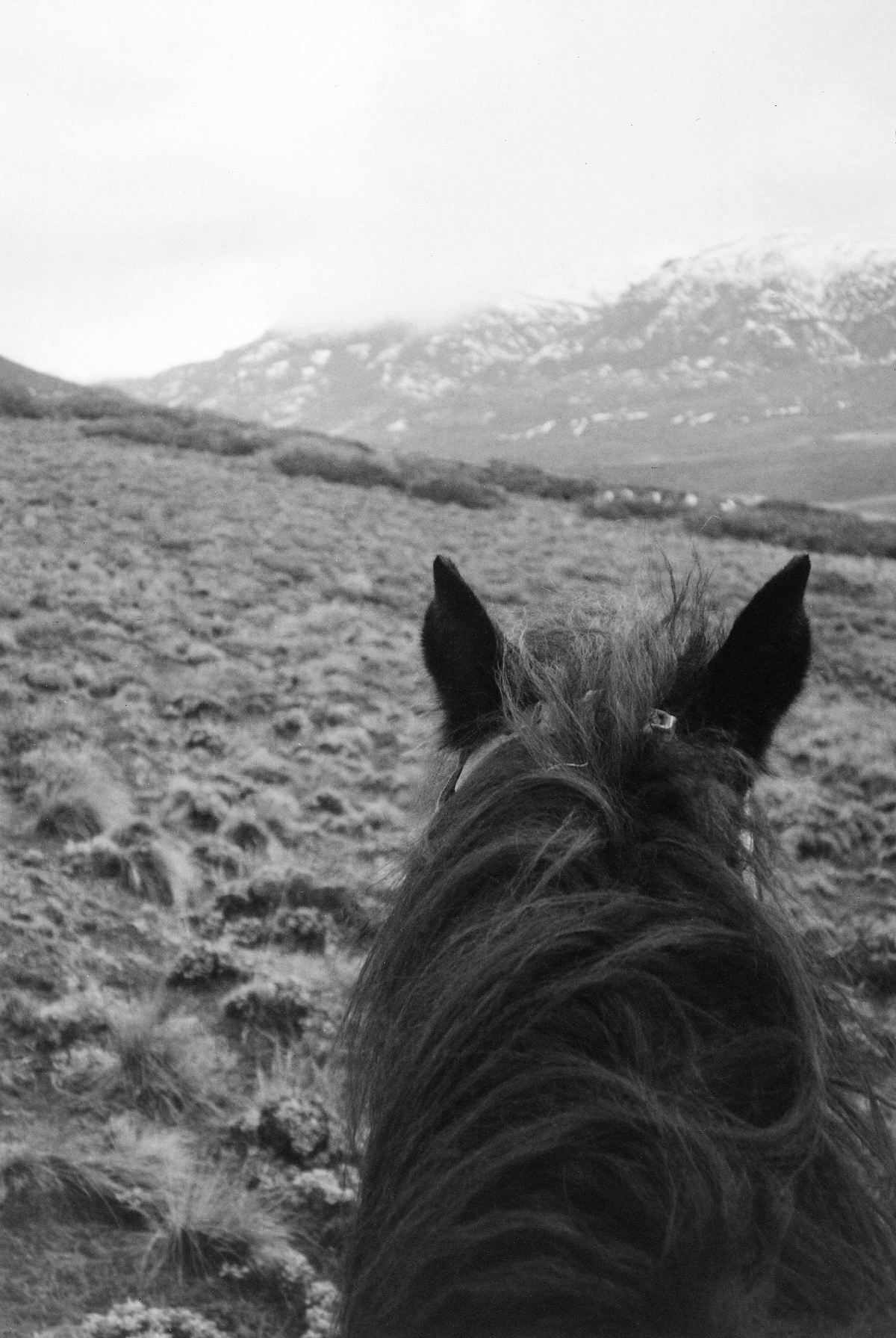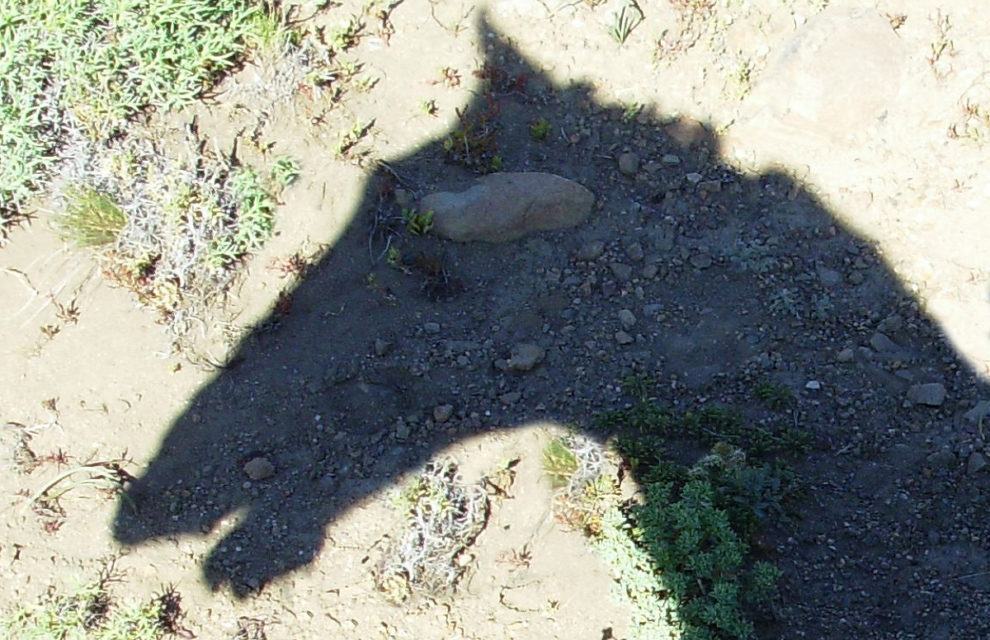While filming The Blinding Sea, I used every conceivable means of transport to get around with my cameras.
I mean: dog-team, skiing, glacier-trekking, hiking, crawling on my knees, swimming, kayaking, and by helicopter, four-seater prop plane, passenger jet, three-masted bark, inflatable zodiac, icebreaker, ferry, rent-a-car, taxi and snow machine.
One of my favourite means of getting about was on horse-back, which is not that obvious when you are also holding a video-camera in your hands!

Since I had so much on my mind, recording video and sound and figuring out how the scene should unfold, I inevitably wondered what was going through the horse’s mind. In fact, I have always wondered about this.
For example, when filming Gloria Corbould in the Sierra Madre mountains of Mexico, I realized she would feel comfortable in the saddle, and I would be filming her doing something she just loved. Gloria is the daughter of Cakonita, the Siberian Chukchi girl Roald Amundsen adopted legally in the early 1920s. Cakonita eventually settled in Canada, and Gloria is a Canadian citizen, living in Mexico.

So when I was on horseback, I needed to film the scene, trust my horse to follow the right direction without bucking, and work meanwhile to position myself to get the best footage of Gloria, a woman born for the outdoor life. Interesting that this involved the coordination of several moving animals: Gloria, her horse, her pet dog, me and my horse! Oh yes, there was our guide, off-camera, plus his horse. So … seven moving animals altogether. Talk about unpredictable!
How should I get the best possible results, in the time-frame available? A neat problem.
I have always been struck by the different approaches people take, between breaking a horse in (using brute force), and horse-whispering instead, which is a way of brushing away the horse’s fears and misapprehensions, instilling confidence and working together, seamlessly.
Xenophon, the great Greek general of classical antiquity (431 BC – 354 BC), writes the following lines in The Art of Horsemanship: “The one great precept and practice in using a horse is this – never deal with him when you are in a fit of passion. A fit of passion is a thing that has no foresight in it, and so we often have to rue the day when we gave way to it. Consequently, when your horse shies at an object and is unwilling to go up to it, he should be shown that there is nothing fearful in it, least of all to a courageous horse like him; but if this fails, touch the object yourself that seems so dreadful to him, and lead him up to it with gentleness.”
(An aside: Xenophon’s words make me wonder about the climate of fear in my own school when I was a child – the violence and threats and explosive anger of teachers who hauled children out into the corridor to whip them. If horses thrive on kindness and gentleness, why shouldn’t children, too?)
I have taken many suggestions from horses, over the years, as if the horse were whispering to me: “I am not sure what you are doing, rider, but will you trust me? Why not turn this way, rather than that? Do you see the obstacle ahead? Can we agree on what we are doing?” And horses have made these whispered suggestions to me while I was trail-riding, filming, fording streams, rounding up herds of cattle, or simply exploring.
Fortunately, horses have always treated me with kindness and gentleness, and a good thing too, considering I have often been busy in the saddle, distracted by my cameras and microphones!


